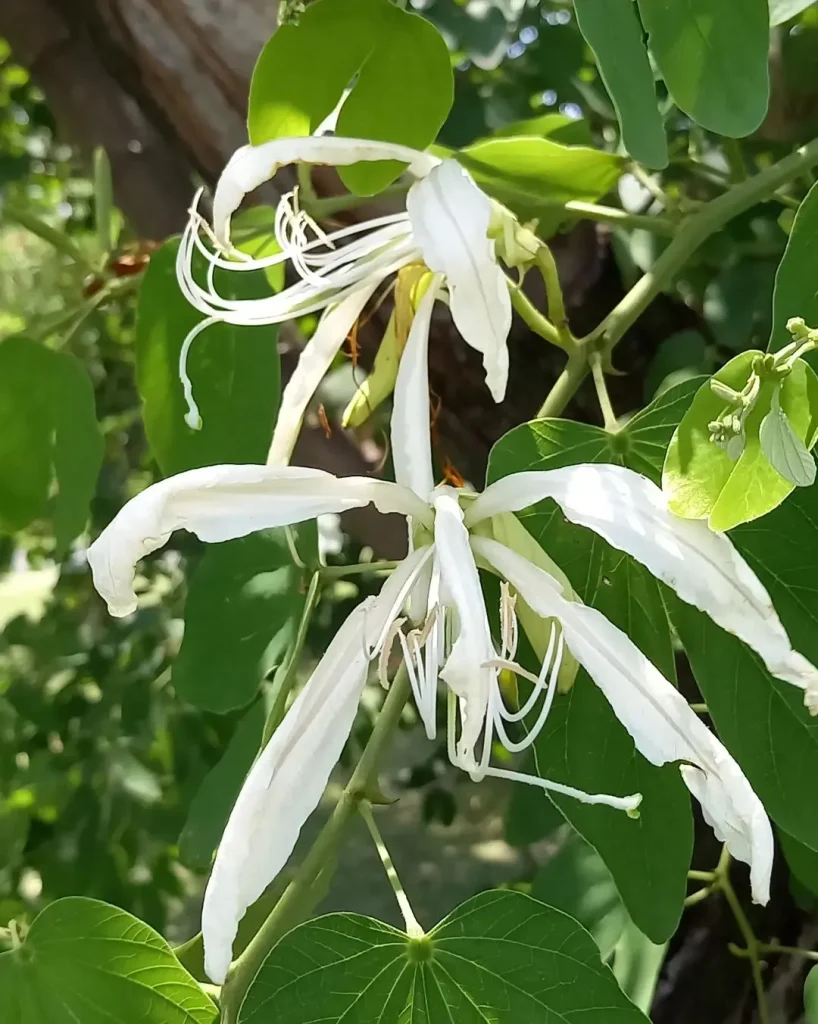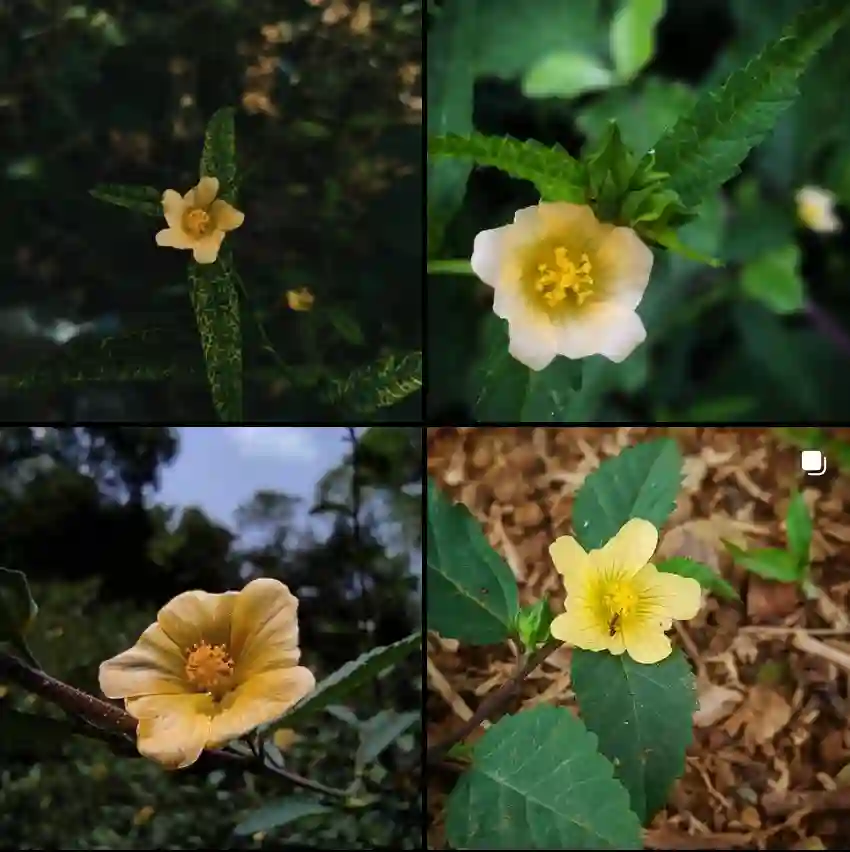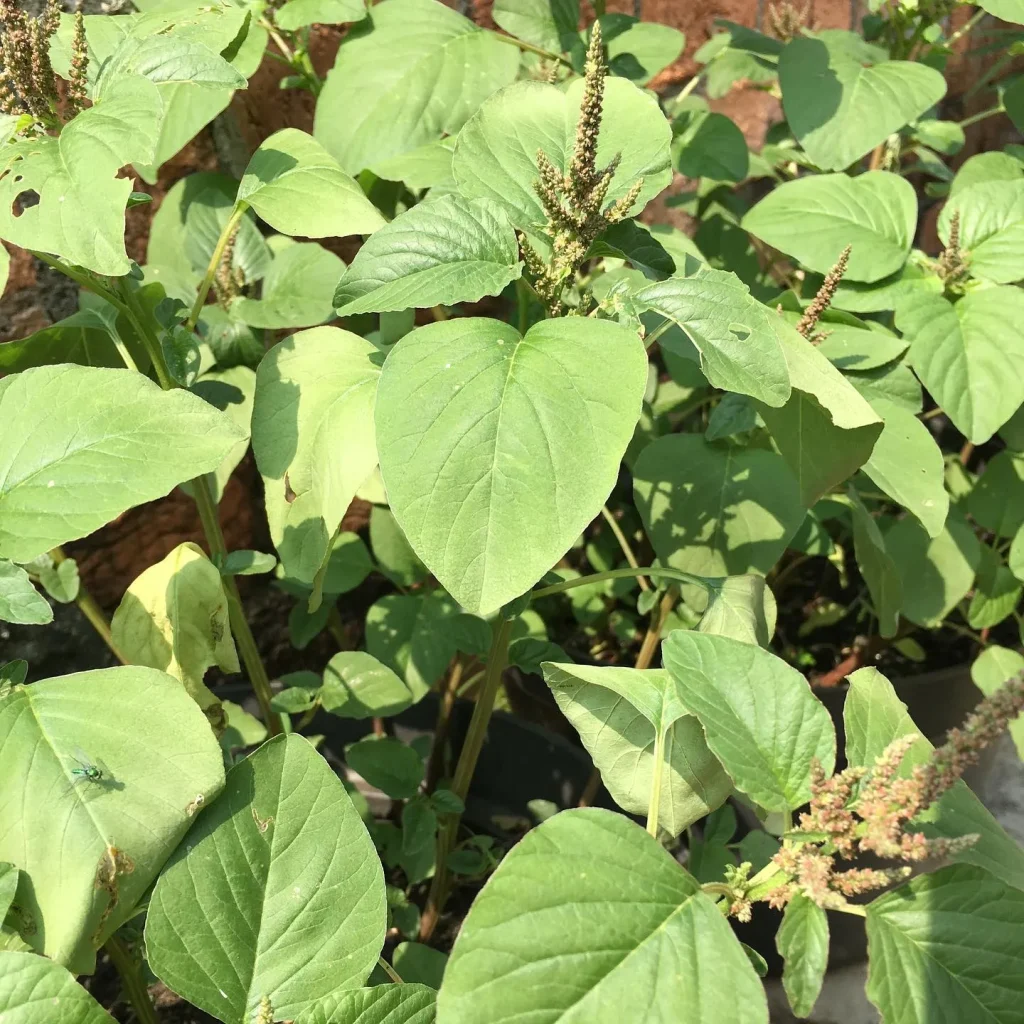Pseudorhipsalis: My Fascination with These Unique Cacti
I’m Ferb Vu, and I’ve always been drawn to the unusual. In the world of plants, few things strike me as more intriguing than epiphytic cacti. These plants, adapted to life in the trees, defy the common image of cacti growing in arid deserts. Among my favorites is the genus Pseudorhipsalis belong to the Cactaceae family that has captured my imagination with its unique morphology and intriguing adaptations.
What Makes Pseudorhipsalis Special?
Unlike their terrestrial cousins with spines and rounded stems, Pseudorhipsalis species are characterized by their flattened, leaf-like stems, often referred to as cladodes. These cladodes give them a delicate, almost fern-like appearance, a far cry from the stereotypical image of a cactus. This unique morphology is an adaptation to their epiphytic lifestyle, allowing them to efficiently capture sunlight and moisture in the shady, humid environments they call home.
These plants are native to the tropical rainforests of Central and South America, where they can be found growing on tree branches or nestled amongst rocks. Their ability to thrive in these conditions, often with limited access to soil, is a testament to their remarkable adaptability.
A Closer Look at Pseudorhipsalis Species
The genus Pseudorhipsalis comprises several fascinating species, each with its own distinct characteristics:
- Pseudorhipsalis acuminata: This species features long, slender cladodes that taper to a point, giving it a graceful, flowing appearance.
- Pseudorhipsalis alata: Known for its broad, winged cladodes, this species is a striking presence in any collection.
- Pseudorhipsalis himantoclada: This species boasts long, strap-like cladodes that can reach impressive lengths, creating a cascading effect.
- Pseudorhipsalis ramulosa: Perhaps the most well-known species, P. ramulosa is admired for its reddish-purple stems and delicate white flowers. It’s sometimes referred to as the “Red Mistletoe Cactus” due to its coloration and epiphytic habit.
- Pseudorhipsalis amazonica: Known for its slender, cascading stems and tiny, delicate white flowers, Pseudorhipsalis amazonica is a beautiful, epiphytic cactus from the Amazon rainforest.
- Pseudorhipsalis lankesteri: This species features long, hanging stems with unique, almost translucent leaves and tiny blooms, thriving in humid, tropical environments as an epiphytic cactus.
My Experience with Pseudorhipsalis
I’ve had the pleasure of cultivating several Pseudorhipsalis species in my own collection, and I’ve found them to be surprisingly easy to care for. Their preference for bright, indirect light and consistently moist (but not soggy) conditions makes them well-suited to indoor environments. I’ve also found them to be relatively pest and disease-free, which is always a plus.
One of the most rewarding aspects of growing Pseudorhipsalis is witnessing their unique blooms. The flowers, though often small, are intricate and beautiful, adding another layer of interest to these already fascinating plants.
The Importance of Pseudorhipsalis
Beyond their aesthetic appeal, Pseudorhipsalis species play a vital role in their rainforest ecosystems. As epiphytes, they contribute to the biodiversity of the canopy, providing habitat and food sources for various insects and animals. Their presence also helps to regulate the microclimate within the forest, contributing to the overall health of the ecosystem.
Conservation Concerns
Despite their resilience, Pseudorhipsalis species, like many other rainforest plants, face threats due to habitat loss and degradation. Deforestation and climate change are putting increasing pressure on these unique cacti, highlighting the importance of conservation efforts to protect their fragile ecosystems.
Concluding Thoughts
My fascination with Pseudorhipsalis stems from their unique beauty, adaptability, and ecological significance. These plants serve as a reminder of the incredible diversity of life on Earth and the importance of preserving the delicate balance of nature. I encourage everyone to learn more about these fascinating cacti and consider adding them to their own plant collections. By appreciating and protecting these unique plants, we can contribute to the conservation of our planet’s biodiversity for generations to come.
If i die, water my plants!



